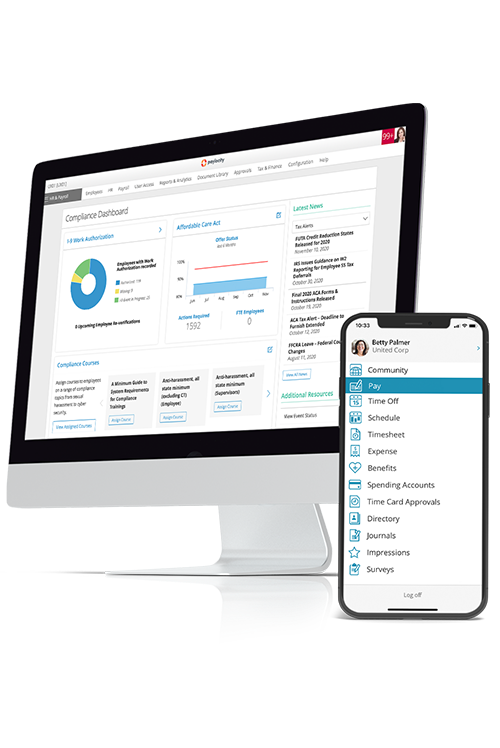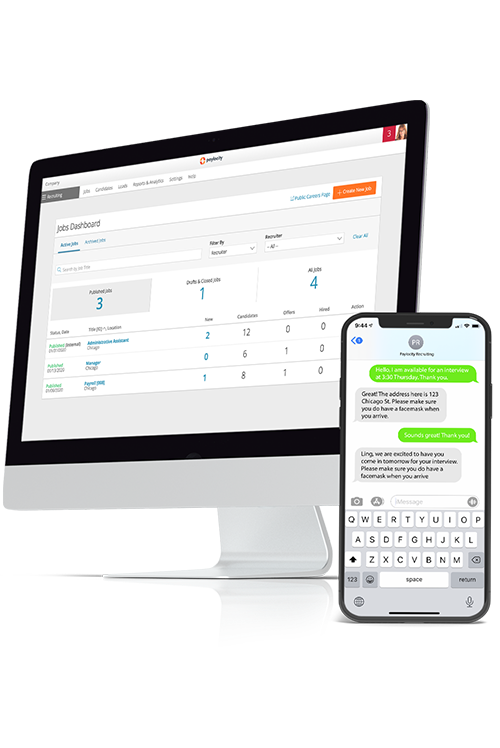Rightsizing
Summary Definition: The process of changing an organization’s size, structure, and composition to improve efficiency, effectiveness, and profitability.
What is Rightsizing?
Rightsizing is the process of changing a business' size, structure, and composition to increase efficiency, effectiveness, and profitability.
This process can include several different tactics, such as shifting role responsibilities, removing unnecessary staff, and adjusting reporting structures. It can also involve introducing new tools and methods to streamline operations and increase scalability.
Rightsizing is often precipitated by economic shifts or changing consumer demand, requiring a business to pivot its operations sharply to stay competitive and relevant.
Key Takeaways
- The process of rightsizing involves changes to a business’ organization to improve performance and efficiency.
- Rightsizing can use different tactics, such as shifting roles or removing redundant jobs.
- Businesses use rightsizing to keep the business competitive and relevant.
Rightsizing vs. Downsizing
While rightsizing and downsizing can use similar tactics, the main difference between the two is the intent. Rightsizing focuses on proactively improving a business’ efficiency to achieve new goals or benchmarks. Downsizing, on the other hand, is a reactive measure focused on helping an organization survive financial uncertainty.
Put another way, rightsizing would be like a person dieting and exercising for an upcoming competition, while downsizing would be a person who does the same simply because they’ve become overweight.
Both situations could make the person lose weight, but only one of them includes targeted training for a specific performance goal. The other merely focuses on being healthier to avoid negative consequences.
Rightsizing Steps
An organization’s unique circumstances and needs will influence exactly how the following rightsizing steps are performed. Ultimately, the best course of action is one that minimizes disruptions to business operations while maximizing the benefits of the changes.
1. Analyze the Organization
The purpose of this first step is to firmly understand how an organization currently functions before moving forward with recommendations.
- Activity Analysis – This analysis compares the various tasks and roles of an organization’s workforce to find redundancies and inefficiencies. The company can then restructure itself by shifting or merging responsibilities, removing unnecessary roles, etc.
- Ratio Analysis — Here, an organization will compare its current workforce or financial performance with prior years to see how much growth (if any) has occurred. That growth rate is then compared with competing organizations to see what adjustments are necessary.
- Drivers Analysis — This type of analysis looks at the primary causes of why the organization currently operates the way it does. What drives current processes to look and function the way they do?
2. Pinpoint Critical Workers and Roles
With clear insights into how the organization functions versus how it needs to function, executives and management should then work together to triage employees and jobs by how essential they are to the company’s performance.
This sorting can include factors like how difficult it is to complete a role’s tasks, or a current employee’s level of expertise.
3. Assess Operational Costs
This step is the raw assessment of how much the current workforce costs the organization. Ranging from labor to overhead expenses, it’s important to know this total amount so the business can measure the level of impact its proposed changes will have on financial performance.
4. Adopt Changes and Be Flexible
As changes are implemented, remain in open communication with employees to minimize confusion and impact on trust and morale. Organizations should also be flexible in the implementation process, being willing to negotiate if changes are met with stiff resistance from a large core of employees.
Rightsizing Pros and Cons
Rightsizing can provide several, obvious benefits, such as higher profits, fewer inefficiencies, and improved competitiveness. However, there are also serious risks involved if the analysis and changes aren’t done properly.
For example, if an organization isn’t open and transparent with its workforce, employees may lose trust in leadership and no longer want to work there. This can create additional costs in having to replace those who leave and onboard new hires. Depending on the situation, negative opinions in the public could arise and lawsuits could even be filed.
| Benefits of Rightsizing | Challenges of Rightsizing |
|---|---|
| Increased efficiency and productivity | Lower employee morale and trust |
| Reduced costs and greater profits | Negative public perception |
| Better prepared for future growth | Onboarding costs for any new hires |
| Improved competitiveness and focus | Potential termination lawsuits |

